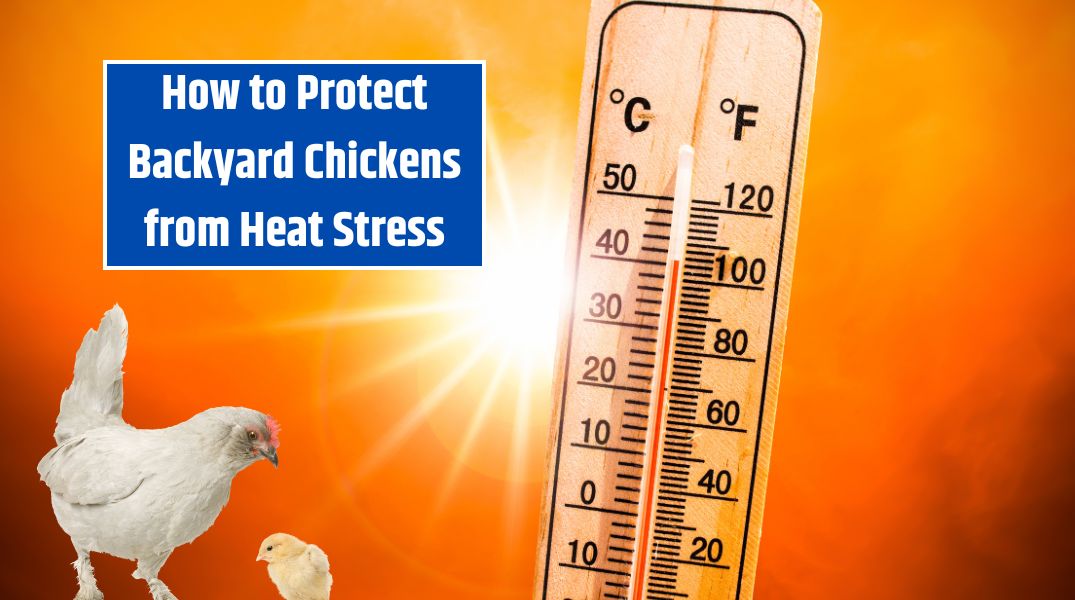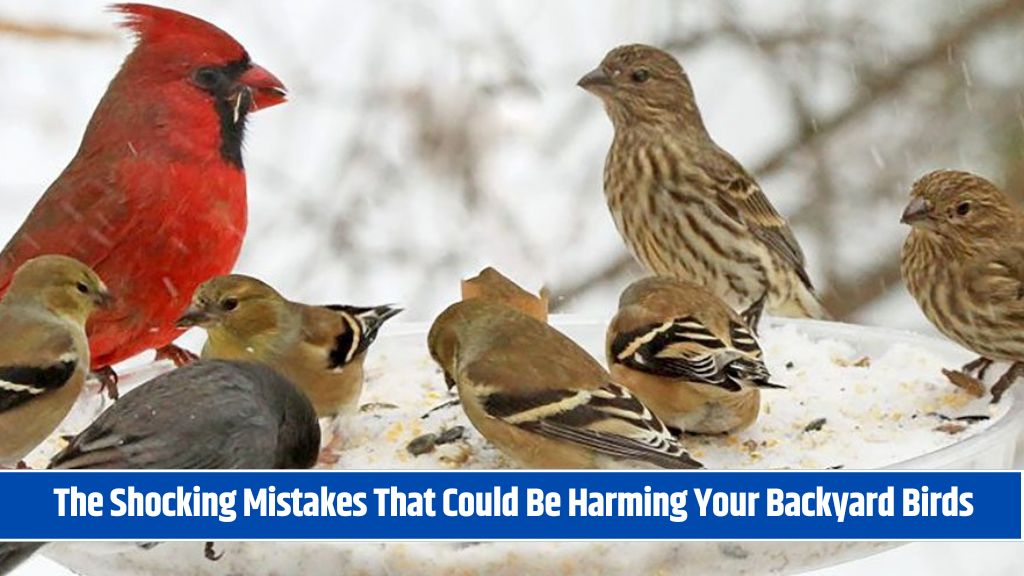Just like humans, chickens can struggle with extreme heat. High temperatures can lead to stress, reduced egg production, poor growth, and even fatalities if not managed properly. As a backyard chicken owner, understanding how to recognize and prevent heat stress is crucial to keeping your flock healthy and comfortable. This guide will help you identify heat stress symptoms and implement effective cooling strategies.
Signs of Heat Stress in Chickens
Chickens thrive in temperatures between 65°F to 75°F (18°C to 24°C). When temperatures rise beyond this range, they become vulnerable to heat stress. Look for these common warning signs:
1. Panting
Since chickens do not have sweat glands, they regulate body temperature by panting. If you notice excessive panting or open-mouth breathing, your chickens may be overheating.
2. Reduced Activity
Chickens experiencing heat stress will become less active and may prefer resting in shady areas rather than moving around.
3. Decreased Appetite
High temperatures often reduce a chicken’s appetite, leading to lower feed intake. This can negatively impact growth and egg production.
4. Spreading Wings
A common heat stress behavior is wing spreading. Chickens extend their wings away from their bodies to release heat and cool down.
5. Drooping Combs and Wattles
When overheated, a chicken’s comb and wattles may appear droopy or darker in color. This is a sign of poor circulation due to heat stress.
Assessing Your Chicken Coop for Heat Management
Before making adjustments to reduce heat stress, it’s essential to evaluate your coop setup. Consider these key factors:
1. Location
Ensure your coop is in a shaded area, away from direct sunlight. If it’s in an exposed location, consider adding shade structures.
2. Ventilation
Good airflow is essential for keeping chickens cool. Check for proper ventilation and remove any obstructions that may block air circulation.
3. Shade and Shelter
Provide natural or artificial shade in the chicken run. Trees, shrubs, or shade cloths can help create cooler resting spots.
4. Water Supply
Always provide clean, cool water in multiple locations. Adding ice cubes can help cool the water, but avoid making it too cold, as this may discourage drinking.
5. Dust Bath Areas
Chickens instinctively take dust baths to cool themselves down. Ensure they have access to dry, loose soil or sand for dust bathing.
6. Coop Design
Reflective roof coatings can help minimize heat absorption inside the coop. Lighter-colored materials can also reduce heat buildup.
Effective Ways to Reduce Heat Stress
Once you’ve assessed your coop setup, take the following steps to help your chickens stay cool:
1. Improve Ventilation
- Install additional vents or fans to enhance airflow inside the coop.
- Cross-ventilation can significantly lower heat buildup.
2. Provide Frozen Treats
- Offer frozen fruits and vegetables like watermelon, cucumbers, or berries.
- These refreshing snacks help lower body temperature.
- However, don’t overdo it—chickens need most of their nutrition from their regular feed.
3. Adjust Feeding Schedule
- Feed your chickens early in the morning or late in the evening when temperatures are lower.
- This encourages better feed consumption and digestion.
4. Use a Misting System
- In extreme heat, a misting system in the chicken run can create a cooling effect.
- Be mindful of water accumulation, as standing water can attract flies and bacteria.
5. Evaporative Cooling
- If your chickens are struggling with heat, you can gently dip them in a cool (not cold) bucket of water to help them cool down through evaporation.
- Some chickens tolerate misting, but others may avoid it. Observe their behavior and adjust accordingly.
Keeping your backyard chickens cool during hot weather requires vigilance and proactive care. By recognizing heat stress symptoms early and implementing cooling strategies, you can ensure the well-being and productivity of your flock. Providing adequate shade, fresh water, proper ventilation, and cooling treats will help your chickens stay comfortable, even during the hottest summer days.

















